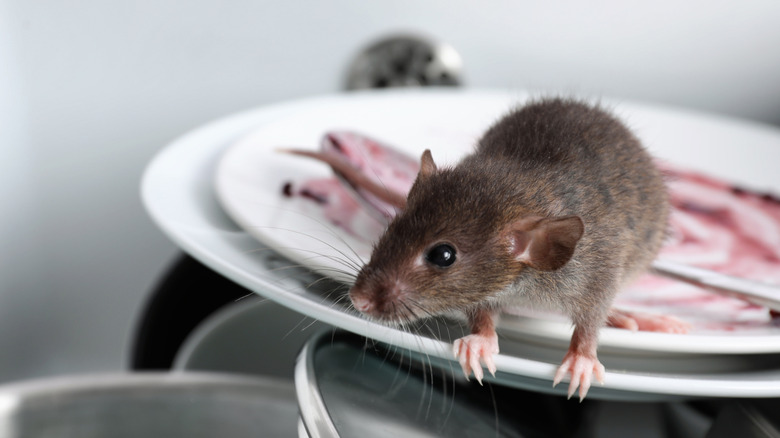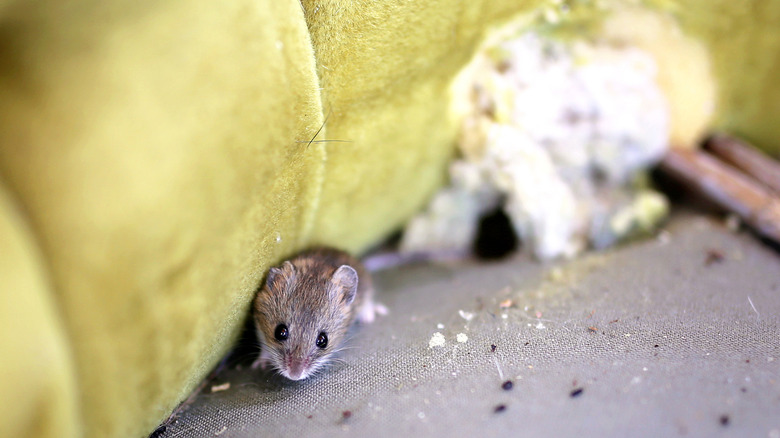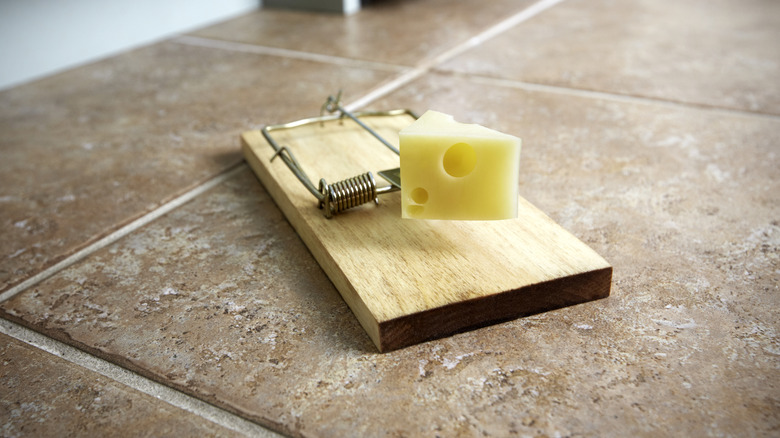Stop The Mouse Takeover By Being Aware Of Home Invasion Signs During The Winter
As winter approaches and colder weather arrives, we're all looking for ways to stay warm in our homes. This includes some unwanted visitors, like mice. Mice that normally remain outdoors during warmer weather like to try to move into your home to escape the cold of winter. Absent seeing an actual mouse inside your house, what are some signs that you may have an invasion of mice trying to move indoors? One of the most common signs of a mouse problem inside your house is droppings. If you are trying to identify pest droppings in your home to determine whether they come from mice, mouse droppings are similar in size to a grain of rice. They often have a brownish-black or dark gray color. Fresh or recent droppings will be black and may appear moist with a sheen on them. If you see mouse droppings that vary in color, meaning they are of a different age, you likely have an infestation.
Mice cannot control their feces, so they leave droppings behind as they're walking throughout your home. Frequently, mice will leave their droppings in areas where they spend time looking for food or trying to make a nest. Mice often leave feces in the kitchen, including pantries or inside cabinets, when they're getting into your food. A mouse trying to build a nest may leave feces behind in closets, attics, and basements, as it tries to remain in dark, out-of-the-way places to avoid humans and pets.
Other signs that you may have a mouse infestation inside your home in winter
Another common sign that you may have mice inside your home is seeing gnaw or claw marks. Mice will gnaw wiring or wood trim, leaving gouges in wood and paint. These small rodents may also gnaw on boxes or plastic bags of food. You might even see gnaw marks on fruit in the fruit bowls in your kitchen. If you have a lot of mice or have had them in your house for a few weeks, you may notice that the rodents gnawed holes in the drywall of a ceiling or wall.
If you hear odd noises coming from the kitchen at night or from inside your walls or ceiling, these could indicate mice moving around. Mice are most active at night and will scratch and gnaw, creating noise. If you have quite a few mice, you may hear squeaking noises, which is a communications method for the animals. Another sign of a mouse infestation in your home in winter time is a nest. When you have quite a few mice, they'll make a large nest in a secluded area of the house that consists of shredded paper, stuffing from inside old furniture, or insulation. The nest may be up to 6 inches in diameter and will look like a round ball. The nest won't have much definition to it, so it may look like a random pile of shredded items.
How to eliminate a mouse infestation in your house in winter
What should you do if you find mouse droppings and other signs of an infestation in your home? Start by setting traps to catch the mice that live in the house. Traditional snap traps work well to eliminate mice, but you may need several of them. Some people use glue traps to eliminate a large number of these rodents quickly, but this is not a humane way to catch them. If you don't feel like you can get ahead of the issue, you can call a professional pest control expert for help.
Once you eliminate the mouse infestation, you then can work to clean up what they left behind. Put on rubber gloves to protect yourself. Touching mouse feces with your bare hands could expose you to disease. You should wear a face mask and eye protection before cleaning around the feces. Sanitize the area where you see the feces with an EPA-approved disinfectant spray or with a bleach-based solution. Soak it for at least five minutes before wiping it with a paper towel. Finally, if you believe you're making mistakes that are attracting mice to your home, you should take steps to keep them away before winter arrives. If you have firewood piles, keep them well away from your home or off the ground. Plug any gaps in your foundation and siding, holes around conduit, and gaps around doors and windows. Mice can squeeze through extremely small spaces, even a hole as small as a dime.


